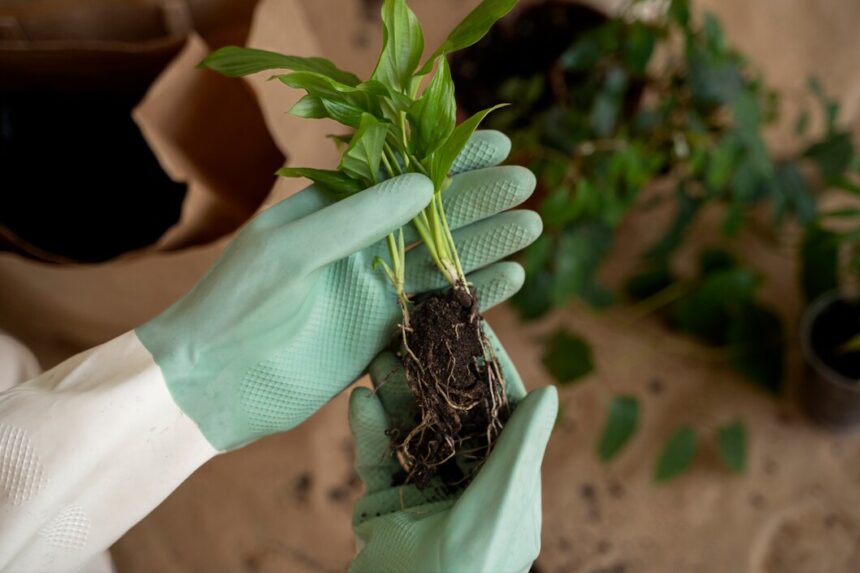Transplanting is a critical process in the growth of many crops and plants. It allows farmers to move seedlings or young plants from a controlled environment into the field or larger pots, promoting healthy growth and maximizing yields. However, the transplanting process can be stressful for plants if not done correctly. Here are essential tips for South African farmers to ensure a successful transplanting experience and cultivate healthier plants.
1. Choose the Right Timing
Timing is crucial when transplanting. Aim to transplant during cooler parts of the day, such as early morning or late afternoon, to minimize stress on the plants. Avoid transplanting during extreme heat or dry periods, as this can lead to transplant shock.
2. Prepare the Soil
Before transplanting, ensure the soil is well-prepared. Test the soil pH and nutrient levels, and amend it as necessary. Loosen the soil to promote root growth and improve drainage. Adding organic matter, such as compost, can enhance soil structure and fertility.
3. Water Before Transplanting
Adequately water the seedlings or young plants a day before transplanting. This helps to hydrate the plants, making them less susceptible to shock during the transplanting process. Ensure the soil around the seedlings is moist but not waterlogged.
4. Handle Plants Gently
When removing seedlings from their containers, handle them gently to avoid damaging the roots. Use a trowel or your hands to lift the plants carefully, keeping as much soil around the roots as possible. Minimizing root disturbance is key to helping plants acclimate to their new environment.
5. Transplanting Depth Matters
Ensure that seedlings are planted at the correct depth. Generally, the crown of the plant should be level with the soil surface. Planting too deep can lead to rot, while planting too shallow can expose roots to air and dryness.
6. Space Plants Adequately
Give each plant enough space to grow by following recommended spacing guidelines for each crop. Proper spacing improves air circulation, reduces competition for nutrients, and allows for easier maintenance.
7. Water Immediately After Transplanting
After transplanting, water the plants thoroughly to help settle the soil around the roots and reduce air pockets. This initial watering is crucial for helping the plants establish themselves in their new location.
8. Provide Shade if Necessary
For sensitive plants, consider providing temporary shade after transplanting, especially if the weather is hot and sunny. Shade cloth or nearby plants can help reduce stress during the initial acclimatization period.
9. Monitor for Signs of Stress
Keep a close eye on the transplanted plants for the first few weeks. Watch for signs of stress, such as wilting, yellowing leaves, or stunted growth. Early intervention is critical to addressing issues like pests, diseases, or inadequate water.
10. Fertilize Appropriately
Once the plants have established themselves, consider applying a balanced, slow-release fertilizer to provide essential nutrients. However, avoid over-fertilizing, as this can lead to further stress or nutrient burn.
Transplanting is a vital step in ensuring the health and productivity of crops on South African farms. By following these tips, farmers can minimize transplant shock and promote healthier, more resilient plants. Successful transplanting not only enhances yields but also contributes to the overall sustainability and profitability of farming operations. With proper care and attention, farmers can look forward to thriving plants that support their agricultural goals.
Join 'Farmers Mag' WhatsApp Channel
Get the latest Farming news and tips delivered straight to your WhatsApp
CLICK HERE TO JOIN






